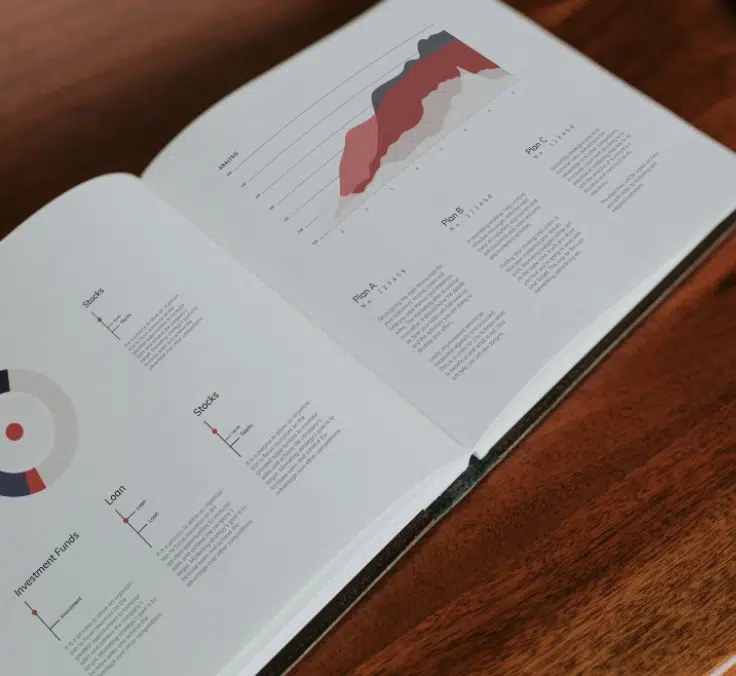ECONOMY| 17.04.2023
Private debt funds gain in popularity after recent interest rate hikes
Banks have always been the main lenders to companies in Spain and Europe, accounting for around 30% of lending in Europe compared to 10% in the United States. And at times like the present, where inflation is high and interest rates are rising, lending conditions continue to tighten and it is more difficult to obtain financing.
In fact, the President of the Spanish National Securities and Exchange Commission (CNMV), Rodrigo Buenaventura, has pointed out on several occasions that Spanish companies “have over-exploited financial debt as a formula for financing their activity”, to the detriment from others offered by the capital markets or asset managers, such as private debt funds.
Through these instruments, institutional investors (including but not limited to insurers, pension funds or “family offices”) offer long-term loans to small and medium-sized companies through closed funds.
“The private debt market has been on the rise. Although this is a market with less history than the equity market and lower volumes, we believe that this trend could even speed up”, explained María Concepción Bravo, Head of Alternative Investments at MAPFRE AM.
She even went on to point out that lenders feel more and more comfortable with the pursuit of financing from management companies, where “they will obtain a customized service, precision in terms of implementation, greater speed with the award, discretion and flexibility”.
“Even in countries where bank financing has traditionally been the basis for business, such as Spain, it is clear that companies are increasingly looking at this type of debt and see management companies as a reliable partner”, insists Bravo.
This is combined with the problems that the banking sector has gone through in recent weeks, which, together with the restrictive policy of the central banks, is expected to see lending conditions tighten.
“If we take into account the positive qualities of assets, this is even better due to its low correlation and volatility, as has been demonstrated with the latest events seen on the markets, where the interest rate hikes that have affected bonds have not been reflected in private debt. With this in mind, at the current levels, the current cycle is very appealing when it comes to financing”, asserts Bravo.
MAPFRE AM recently launched a mutual fund consisting of private debt funds, MAPFRE PRIVATE DEBT, FIL, which will bring together all the investments of the insurance group’s subsidiaries made in this type of asset, as well as new investments for the sum of up to 350 million euros.
The firm aims to achieve exposure to 15 large-scale management funds, mainly with European and euro investments.
How do funds invest in private debt funds?
The Head of Alternative Investments at MAPFRE AM explained that the decision-making process when choosing these vehicles is “long and complex”: in-depth due diligence procedures are performed, taking into account various criteria including but not limited to the track record of the strategy, an analysis of the management team and possible conflicts of interest.
Once the decision is made to invest in a fund, monitoring from both a financial perspective and an operational perspective is constant. Furthermore, the management firm offered a reminder that there are a variety of strategies and not all perform the same, depending on the phase of the cycle at any given time.
“Combining them all in a fund of funds makes our lives easier. This allows smaller companies to easily invest in a diversified portfolio in a single line, improves operational efficiency through unified and centralized management, provides access to companies that, given the minimum amounts required as part of the investment, could not gain access by themselves and optimize the liquidity of the product”, emphasized Bravo.
Inclusion of ESG criteria
Many managers are beginning to include environmental, social and governance (ESG) criteria among their investment requirements to choose the assets in which to invest, since this affects the preparation of the companies and governments in question to face environmental challenges in the future; at the same time, these affect their production methods and access to financing amongst other aspects.
For example, a study by the Bank of Spain concluded that large banks reduced their range of lending to companies in the sectors with the most issues between 2014 and 2019 by four percentage points, down from 47% to 43% of total financing.
Javier Lendines, General Manager of MAPFRE AM explained that the speed with which ESG policies are being implemented in illiquid markets is faster than in liquid markets. “We appreciate how they require companies to which financing is provided incorporate these commitments, as reflected in the covenants or in the spreads that they are paying for financing, amongst other factors,” he highlighted.
MAPFRE PRIVATE DEBT, FIL, prioritizes ESG criteria in its selection of funds, just like MAPFRE does with its other investments.
RELATED ARTICLES:




